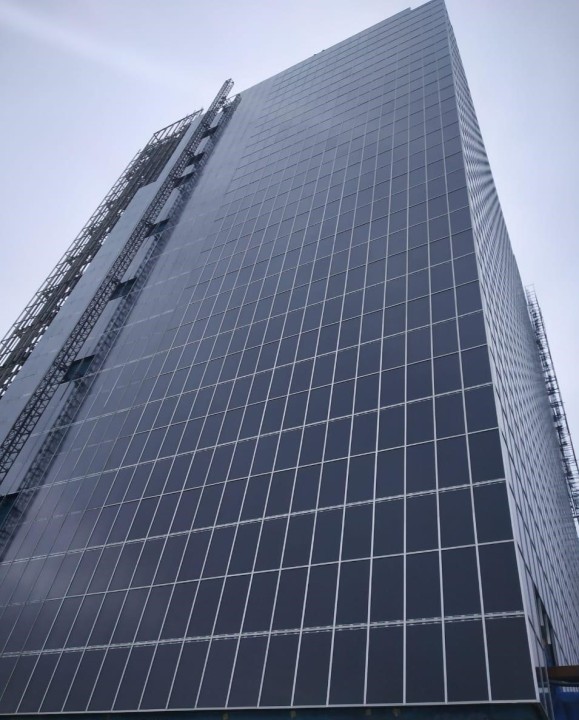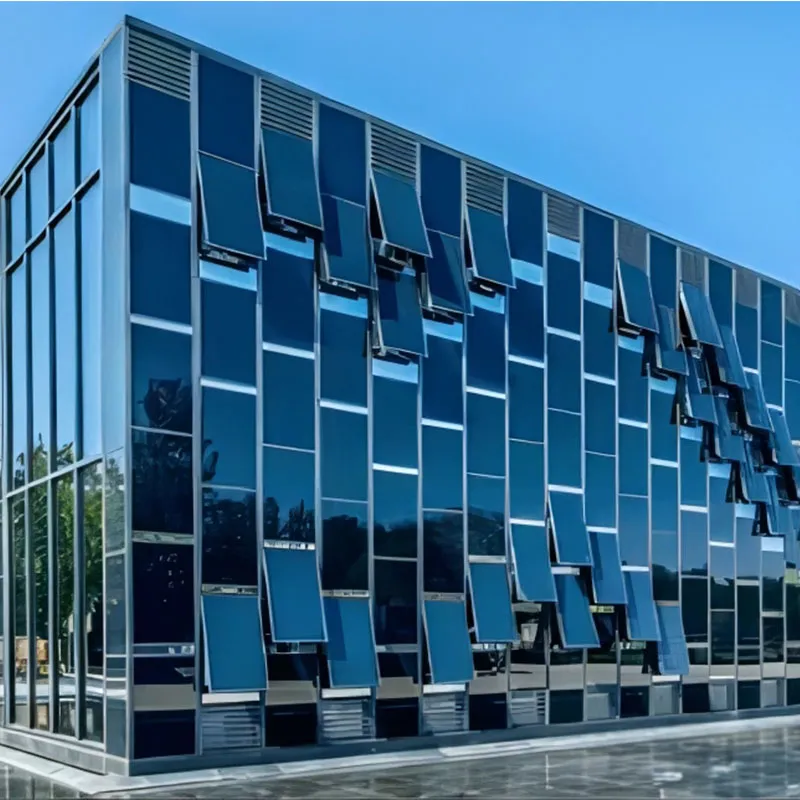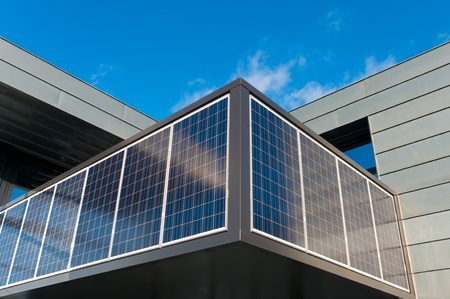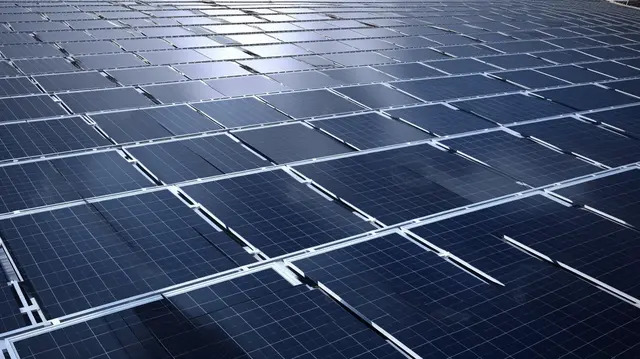In a world increasingly driven by the need for sustainable energy, Building-Integrated Photovoltaics (BIPV) is emerging as a powerful and aesthetically pleasing solution. By combining energy generation with architectural design, BIPV transforms buildings into power plants without compromising beauty or function.

In a world increasingly driven by the need for sustainable energy, Building-Integrated Photovoltaics (BIPV) is emerging as a powerful and aesthetically pleasing solution. By combining energy generation with architectural design, BIPV transforms buildings into power plants without compromising beauty or function.

Building-Integrated Photovoltaics (BIPV) refers to solar power technology that is seamlessly integrated into the building envelope — including facades, roofs, skylights, and windows — instead of being mounted as a separate add-on. Unlike traditional solar panels, BIPV components are part of the structure itself, serving dual functions: architectural and energy-generating.

As urban populations grow and energy demand rises, the need to maximize available space becomes urgent. BIPV addresses this challenge by turning passive building surfaces into active energy-generating assets.
Unlike bulky, traditional solar panels, BIPV systems are designed to blend with the architecture. They come in various styles, colors, and materials, enhancing the visual appeal of buildings.
By generating electricity at the point of use, BIPV reduces transmission losses and enhances overall building efficiency.
Although the upfront cost can be higher, BIPV reduces long-term energy bills, often pays for itself over time, and can increase property value.
BIPV significantly lowers a building’s carbon footprint, contributing to climate goals and reducing dependence on fossil fuels.
Especially important in dense urban environments, BIPV uses building surfaces already present, requiring no additional land.

These include solar shingles and tiles that replace conventional roofing materials.

Vertical integration on curtain walls or cladding systems that double as solar panels.

Semi-transparent solar glass that allows light in while generating energy.

Overhead glass structures that collect solar energy and provide natural lighting.

The rapid evolution of materials science and photovoltaic efficiency has made BIPV more viable than ever. Innovations like thin-film solar cells, organic photovoltaics, and smart glass have opened new possibilities for integration without compromising performance.

BIPV is poised to become a cornerstone of smart, sustainable urban development. As energy regulations tighten and green building certifications become more prominent (like LEED and BREEAM), incorporating BIPV will move from a luxury to a necessity. Coupled with energy storage and smart grid technologies, BIPV has the potential to create self-sufficient, net-zero energy buildings.